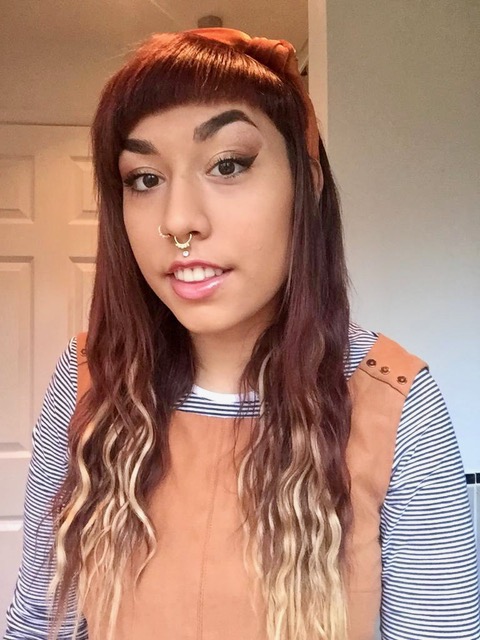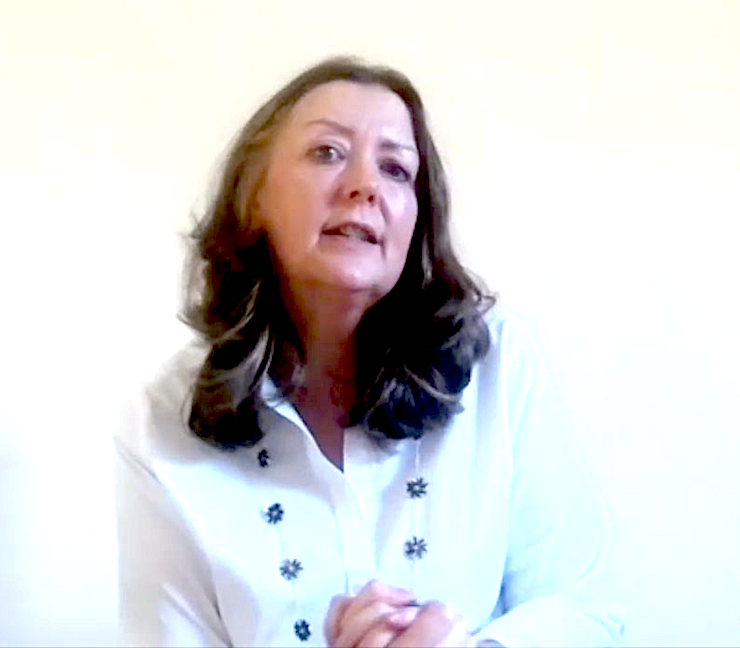This course explains how an indoor Movement Play Area becomes a fundamental part of an early years setting - and explores the learning it supports.
It enables you to:
-
set up a Movement Play Area, drawing on the experience of early years practitioners who have run them in their settings for years
-
support an Area in three different ways, depending on staffing ratios and your aims
-
involve the whole team

Supporting movement indoors
Children have a huge job to do to prepare their body and brain for learning - and movement is a massive part of how they do it. But as a society we often behave as if children’s movement is a bit disruptive - especially indoors. Perhaps we encourage them to take their movement outside. 'Go outside and let off steam!’ But what if the movement they are choosing is purposeful (even if we think it looks a bit ‘silly’). This course explores what happens when we create a special place for the spontaneous free flow, movement play children love - and how it fuels wellbeing, learning, and development.

Take this course to:
-
discover why an Area is a key part of the learning environment
-
learn where and how to set it up within all your other learning areas
-
find out what resources to provide
-
access guidance for children on how to use the Area, and guidance for Practitioners supporting the Area
-
hear examples of the different kinds of learning children explore

Outcomes for children
Children know their movement choices are valued
-
there is a focused space for the movement they are hardwired to seek out for themselves
-
and they know adults value it (rather than diverting them onto other things that might be less important to them)
Movement augments learning
-
children set the bar higher for their physical development when they are supported to immerse themselves in a wider range of movement
-
their social skills develop in the Area, no matter what their starting point
The whole learning environment benefits
-
children who need to be on the move all the time have a valued place to go
-
when there's a space for movement the whole learning environment is calmer
Course content
An online course exploring how to set up an indoor Movement Play Area
Practical guidance
Everything you need to know about how to set up the Area, based on the real-life experience of early years settings
The learning that takes place in the Area
Stories about children’s movement play and learning. An introduction to how the area supports PSED, CLD and Physical Development. Kelly Mahler and Lana Karasik join to talk about specific aspects of body learning
"Since having the DMP areas in our rooms it’s just amazing to see the children that access it and what they’re getting from it. Things that you might otherwise see as chaotic movement - things that their bodies need - you’ll be amazed at what they’re capable of doing if you give them a safe space and support."

EY Practitioner
Loron Hurd
Highfields Nursery
"We’ve found that with a boisterous cohort who LOVE the movement corner - wrigglers shall I say - that by the end of the year, when they are getting ready for school, they are more ready and more able to sit and listen."

Nursery Owner
Amanda Willis
Gooshill Early Excellence
"A wonderful insight into the importance of Movement play and a good base to creating a movement play area in our setting."

School Assitant
Meinir Jones
Cylch Meithrin Trawsfynydd
This course is for:
-
all early years practitioners working with children from 0 - 7
-
teachers and learning support staff in primary schools who want to put movement at the heart of the curriculum; and those looking for ways to support children with additional needs
What's included:
Online course
-
2.5 hours of course material
-
18 video lessons with tutor Penny Greenland
-
contributions from other specialists
Next Steps:
-
follow the link below to create your account
-
gain access to the course materials for 6 months to complete at your own pace
-
refresh your practice - set up an Area and let your children show you the value
-
combine with other Jabadao courses to build the full approach
-
be part of a community dedicated to ensuring children have opportunities to build a deep connection with their body
